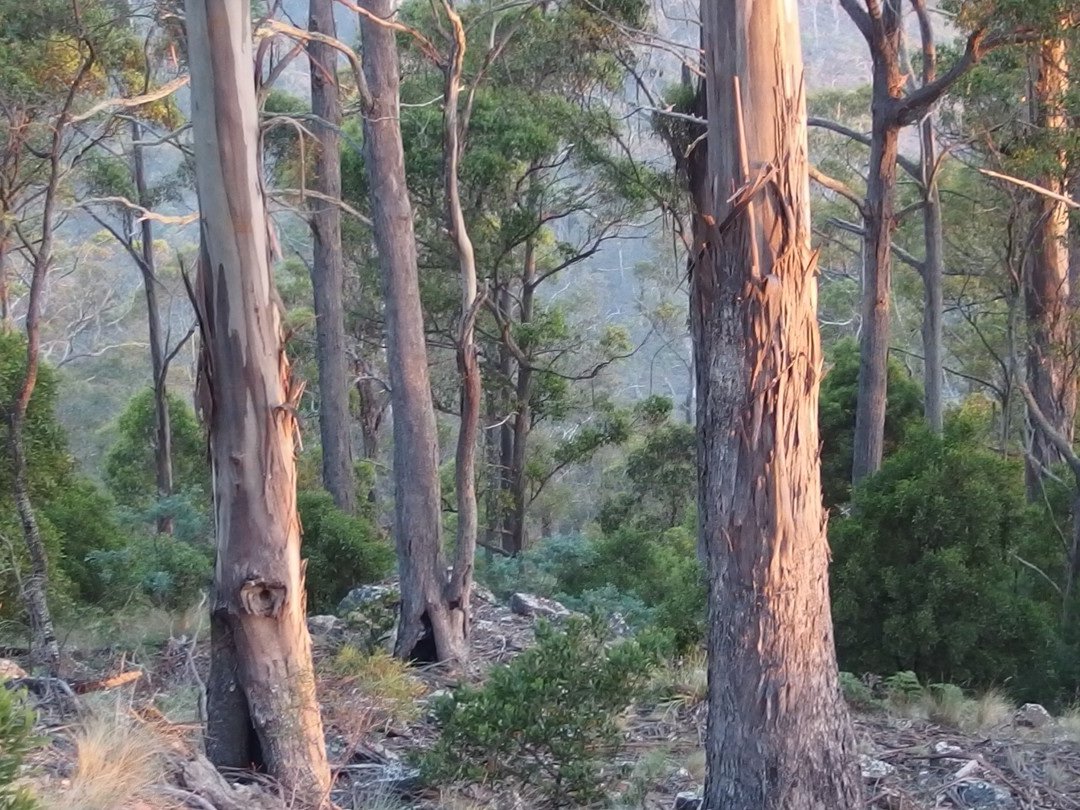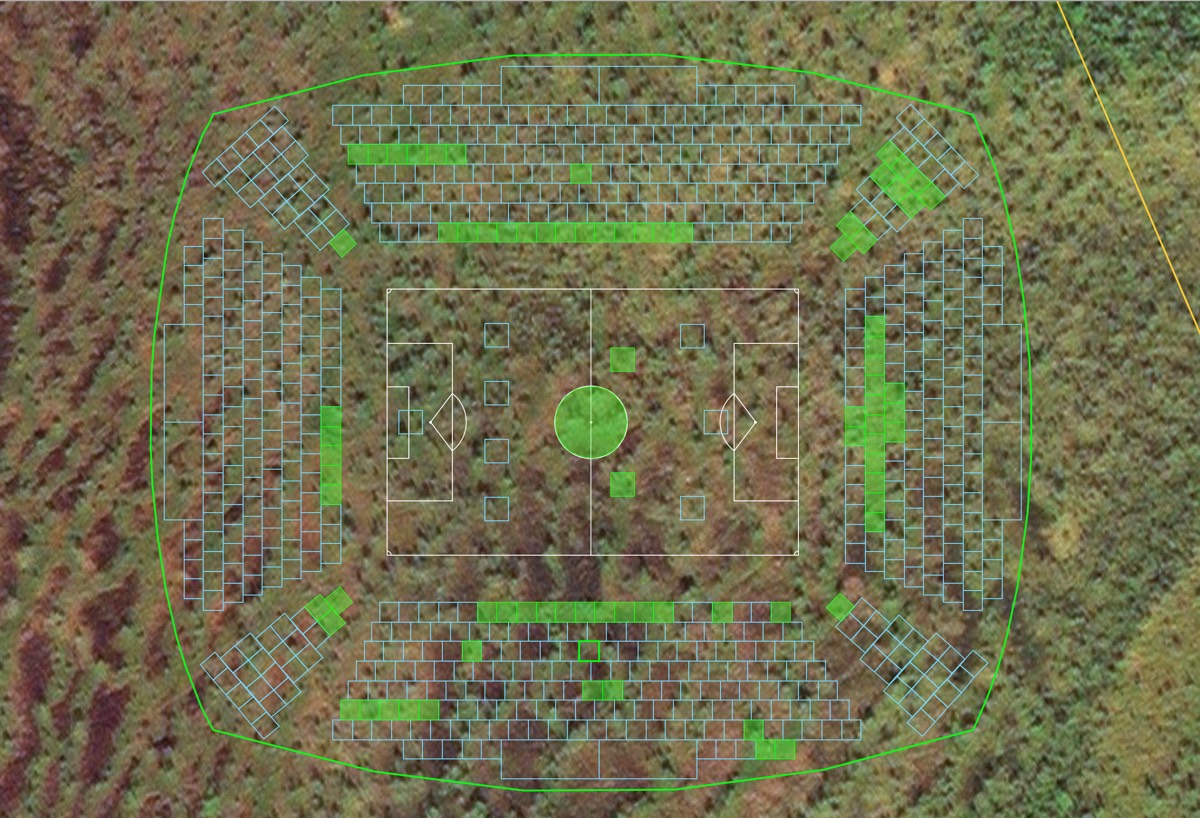The internationally operating foundation uses donation funds to acquire land that is then left in its natural state. These areas provide a haven and valuable protection for plants and animals from mankind, which has driven nature into an ever-shrinking corner with its land use practices.
Around 10 million hectares of forests are destroyed on the planet every year. This means that we are losing approximately 27 football fields worth of forests per minute.
Vanishing forests result in the disappearance of valuable carbon sinks, as well as massive loss in biodiversity: the sixth wave of mass extinction is currently underway.
The last time species disappeared at this pace was 66 million years ago when an asteroid struck our planet.
The Helsinki Foundation was born out of the urge of an international group of friends to do something about the current situation. In 2015, the foundation was registered with the goal of raising donations to acquire land of precious natural value that is then left to permanently thrive in its natural state.

From boreal forests to Tasmania
To this date, the foundation has acquired three regions in Finland, one in Estonia and one in Tasmania, Australia.
The first of these regions, about eight hectares in size and named the Arctic Taiga, was acquired from Salla, Finland. Its wilderness and marshlands are home to old woods and endangered species of Ascomycota fungi and lichens.
Pelkosenniemi is home to one of the foundation's northern marshlands. The 67-hectare Tarandus Mire is a peatland, the untouched parts of which the foundation aspires to keep unspoilt. Conservation efforts also extend to areas that have suffered drainage done by previous owners.
In Estonia, the foundation secures bird nesting and resting facilities at Vainio Bird Reserve in Muhu island, covering an area of about four hectares. The area is located on the edge of a reedy wetland.
In Tasmania, the foundation acquired the ecologically valuable Green Tier Creek in 2017. The 120-acre forest is adjacent to three other protected areas: Rocka Rivulet Nature Reserve, Butlers Ridge Nature Reserve and Swanston Private Nature Reserve. The acquisition of land supports the protection of a larger forest area. These landscapes give home to various habitats and host several endangered species, including the wedge-tailed eagle, swift parrot, and the iconic Tasmanian devil.
The private nature reserve status has been secured for Green Tier Creek, as well as for Arctic Taiga - declared a permanent private nature reserve in 2017 by the Centre for Economic Development, Transport and the Environment.
In addition to these areas, the foundation owns a plot of about two hectares in Ikaalinen, in the vicinity of a larger nature reserve, where an arboretum is planned to be established and restoration measures carried out.
The foundation currently owns 200 hectares of land. Additional areas will be acquired with donations.

Together for the common good
The foundations land has been divided into virtual Greenspaces. Donors become the Guardian of their chosen Greenspace, allowing them to name it on the interactive map. The Foundation's promise to the Guardians is that the land will be permanently protected.
Guardians receive rights to the Greenspace, allowing them to participate in any decision-making relating to that parcel of land. It’s a crowdfunding approach that is relevant to people of the digital age.
“The crowd forms an additional protective layer for the area’s nature and we trust the community to speak up for it,” states Viivu Padden, the foundation's representative. The right of veto applies to the entire parcel of land to which the Greenspace belongs.
The foundation already has 1300 donors. According to Viivu, donors have especially appreciated the ease of donating to support nature conservation in a way that produces immediate results and where one can see where the donated funds go.
“One of our donors is a Canadian family who gives Tasmanian Green Tier Creek Greenspaces as Christmas presents. They tremendously enjoy seeing how the donations form an ever-growing unified piece of land that really exists and is dedicated to nature forever, instead of gifting material things to their loved ones that end up in a landfill in a few years.”


